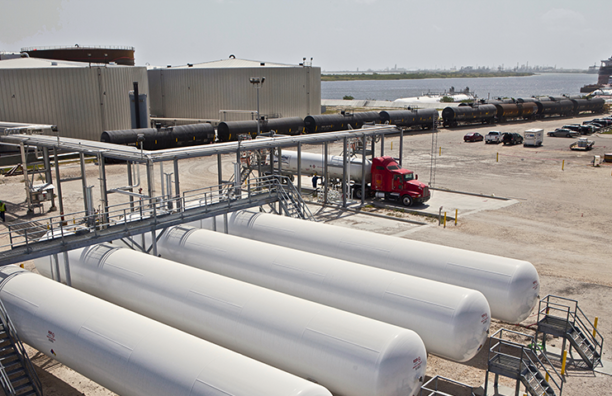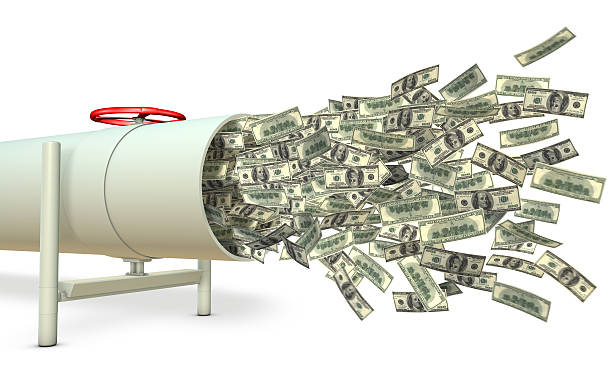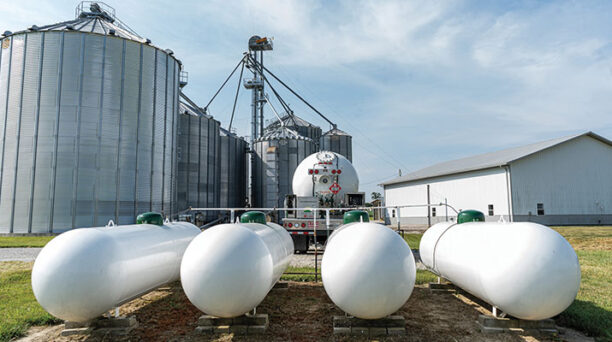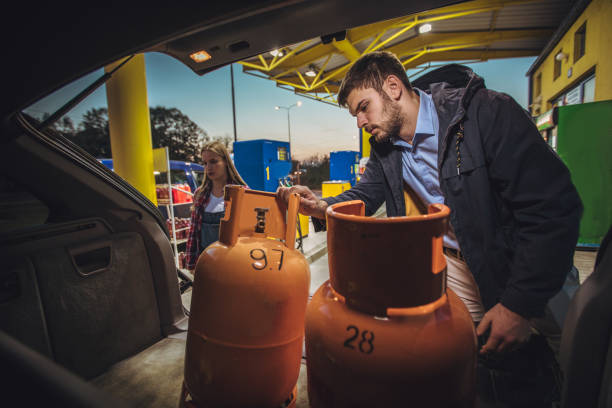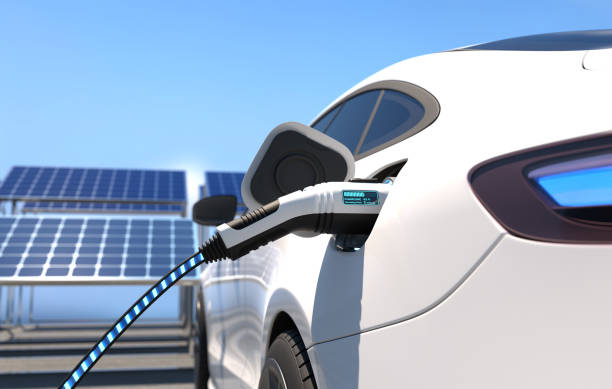Balancing Present Challenges with Future Growth
Successful propane industry leaders understand the importance of planning for the future while staying grounded in the realities of today. Economic shifts, supply chain disruptions, regulatory changes, and workforce challenges require careful preparation. At the same time, focusing too much on long-term projections without addressing immediate concerns can put operations at risk. Finding the right… Continue reading Balancing Present Challenges with Future Growth


